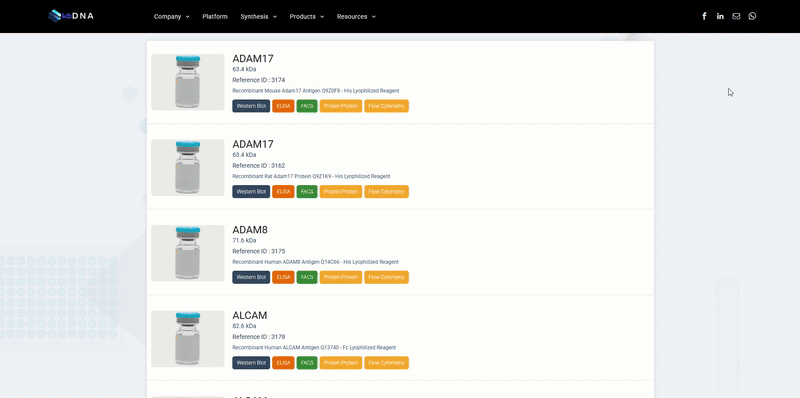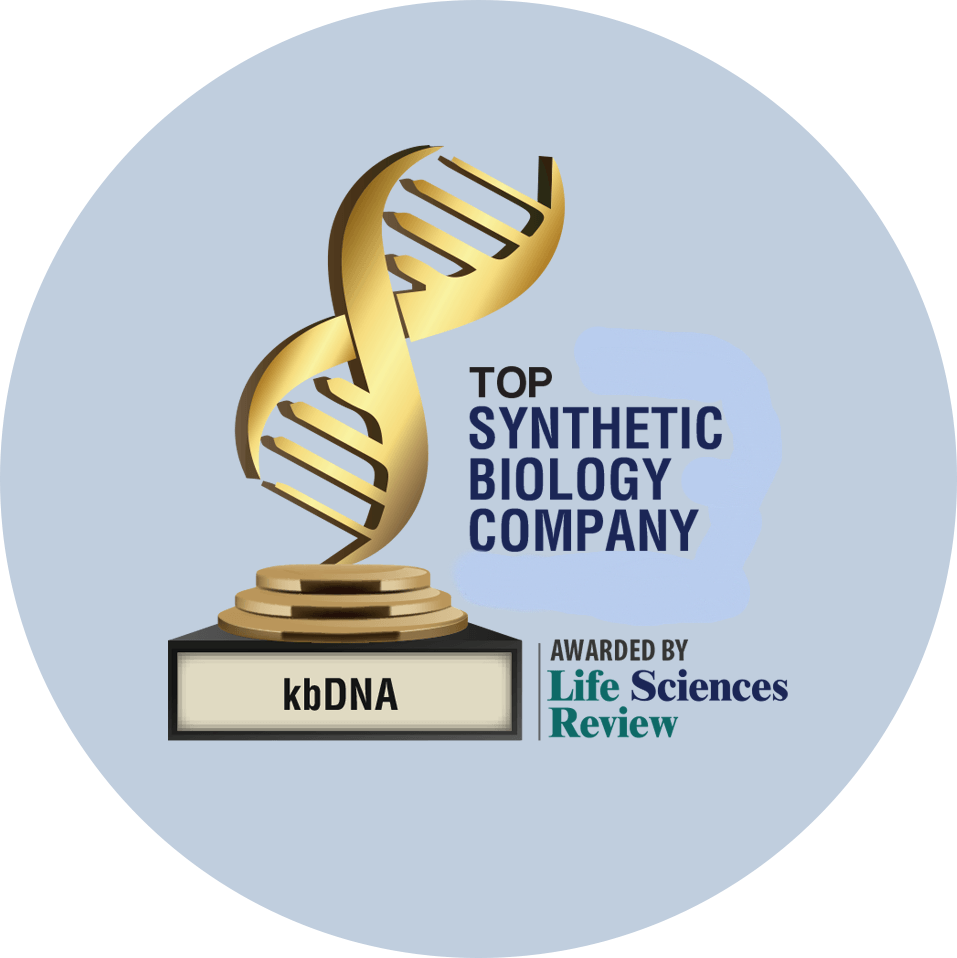Cathepsin B
Recombinant ID:
3911
Request Datasheet
Gene of Interest
Gene Synonyms:
Protein Names:
Accession Data
Organism:
Homo sapiens (Human)
Mass (kDa):
37822
Length (aa):
339
Sequence:
MWQLWASLCCLLVLANARSRPSFHPLSDELVNYVNKRNTTWQAGHNFYNVDMSYLKRLCGTFLGGPKPPQRVMFTEDLKLPASFDAREQWPQCPTIKEIRDQGSCGSCWAFGAVEAISDRICIHTNAHVSVEVSAEDLLTCCGSMCGDGCNGGYPAEAWNFWTRKGLVSGGLYESHVGCRPYSIPPCEHHVNGSRPPCTGEGDTPKCSKICEPGYSPTYKQDKHYGYNSYSVSNSEKDIMAEIYKNGPVEGAFSVYSDFLLYKSGVYQHVTGEMMGGHAIRILGWGVENGTPYWLVANSWNTDWGDNGFFKILRGQDHCGIESEVVAGIPRTDQYWEKI
Proteomics (Proteome ID):
Cathepsin B (EC 3.4.22.1) (APP secretase) (APPS) (Cathepsin B1) [Cleaved into: Cathepsin B light chain; Cathepsin B heavy chain]
Proteomics (Chromosome):
UP000005640
Mass Spectrometry:
N/A
Function [CC]:
Thiol protease which is believed to participate in intracellular degradation and turnover of proteins (PubMed:12220505). Cleaves matrix extracellular phosphoglycoprotein MEPE (PubMed:12220505). Has also been implicated in tumor invasion and metastasis (PubMed:3972105). {ECO:0000269|PubMed:12220505, ECO:0000269|PubMed:3972105}.
Metal Binding:
N/A
Site:
N/A
Tissue Specificity:
Expressed in the stratum spinosum of the epidermis. Weak expression is detected in the stratum granulosum. {ECO:0000269|PubMed:28457472}.
Disease:
Keratolytic winter erythema (KWE) [MIM:148370]: An autosomal dominant genodermatosis characterized by recurrent episodes of palmoplantar erythema and epidermal peeling presenting seasonal variation. KWE manifests during childhood. Skin lesions may spread to the dorsum of hands and feet and to the interdigital spaces. Lower legs, knees and thighs may also be involved. A less common finding is a slowly migratory, annular erythema that is seen mostly on the extremities. Between flares, the skin can appear unremarkable. Itching can occur, and hyperhidrosis, associated with a pungent odor, is invariably present. Formation of vesicles is rare, whereas keratolysis that causes the formation of dry blisters is regularly seen. Cold weather, moisture, febrile diseases, and physical and mental stress can trigger exacerbations. In severely affected individuals, skin manifestations persist unremittingly. Penetrance of the disease is high, but expressivity is variable, even within the same family. {ECO:0000269|PubMed:28457472}. Note=The gene represented in this entry is involved in disease pathogenesis. Tandem duplications in a non-coding genomic region containing an active enhancer element for CTSB result in CTSB abnormal expression with pathological consequences. {ECO:0000269|PubMed:28457472}.
Mutagenesis:
N/A
Reagent Data
Name:
Cathepsin B (EC 3.4.22.1) (APP secretase) (APPS) (Cathepsin B1) [Cleaved into: Cathepsin B light chain; Cathepsin B heavy chain]
Class:
Subcategory:
Recombinant
Molecular Weight:
Source:
Species:
Human
Amino Acid Sequence:
Tag:
Format:
Lyophilized
Formulation:
Sterile-filtered colorless solution
Formulation Concentration:
1mg/ml
Buffer Volume:
Standard
Buffer Solution:
PBS
pH:
7.4-7.5
Stabilizers
NaCl:
Null
Metal Chelating Agents
EDTA:
Null
Purity:
> 98%
Determined:
SDS-PAGE
Stained:
Inquire
Validated:
RP-HPLC
Sample Handling
Storage:
-20°C
Stability:
This bioreagent is stable at 4°C (short-term) and -70°C(long-term). After reconstitution, sample may be stored at 4°C for 2-7 days and below -18°C for future use.
Preparation:
Reconstitute in sterile distilled H2O to no less than 100ug/ml; dilute reconstituted stock further in other aqueous solutions if needed. Please review COA for lot-specific instructions. Final measurements should be determined by the end-user for optimal performance.












